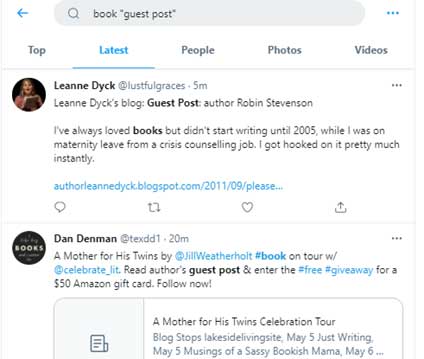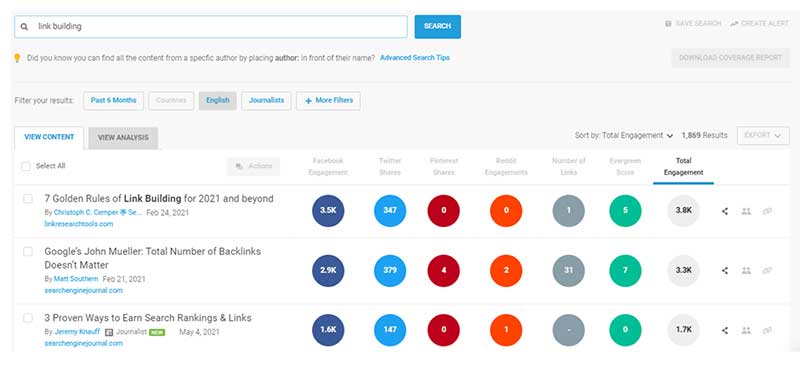For years, content has shown marketers and businesses why it is the king of digital marketing. It offers an improved reputation to companies, more traffic, higher domain authority, and increased conversion potential. Plenty of strategies exists to help brands achieve all this and more. A high-standard guest blogging campaign is one such integral element of any successful digital marketing tactic.
This insider’s guide provides all you need to know about guest blogging and how to find success with it.
What is guest blogging?
Guest blogging, or guest posting, involves creating content and publishing it on an external website. Typically, your business will fall within the same industry as the external site for added relevancy. The main aims of guest blogging are to:
- Entice traffic back to your website.
- Utilize external backlinks to boost domain authority.
- Enhance brand awareness and credibility.
- Establish relationships with industry peers.
For your business, you hope to achieve all of the above points. The website benefits from valuable content for its audience in return, keeping them in Google’s favor. When you factor in how this is a win-win for both the guest and the host, it makes sense for you to feature guest posts on your site.
How does guest blogging impact SEO?
It’s an excellent tool for growing your domain authority, which helps you move up the search engine rankings and acquire more organic traffic as long as you’re careful with your guest blogging efforts. A Google employee touched upon this in 2014. Matt Cutts, the former head of webspam, made the following remark about guest blogging: “I wouldn’t recommend relying on guest posting, guest blogging sites, or guest blogging SEO as a link building strategy.” Stating that guest blogging had become too spammy didn’t stop digital marketers from continuing, as guest blogging still held (and still does) many benefits. However, it made one thing clear: low-quality content was no longer welcome in the SEO sphere.
You must craft high-value guest posts and post these on legitimate websites. Posting low-quality content on an external website with the aid of a bribe isn’t going to help your business. It may contain a backlink to your site, but Google won’t view the content in a favorable light.
If your high-quality content generates other shares, likes, comments, and backlinks, this will naturally improve its Google PageRank. The result: your website could show up on the first page of search results for relevant keywords.
Another advantage gained is you can establish yourself as an authority in your sector. Produce regular, original content both on your blog and as a guest to become a leading voice for your industry. Also, it could lead to you cultivating an audience that will want to follow and read your latest musings.
Getting started with guest blogging
This marketing tactic isn’t something you can run into without any preparation. There are two key steps to help you prepare and ensure that your guest blogging is successful from the get-go.
Step #1: Define your goals
The first move is to be clear about what you want to gain from your guest blogging experience. Think carefully about why you plan to run this project and what lasting impact you want it to have on your business.
Some common goals other businesses choose include:
- Become an authority and well-known name in your industry.
- Gain exposure online and build awareness of your product/service.
- Drive traffic to your site.
- Develop relationships with bloggers and other websites.
- Increase email subscribers.
- Increase social media followers.
- Build backlinks to your website.
Step #2: Conduct thorough research
Along with finding the right platforms to post your content, you have to ensure you post content with value. Produce well-researched content that offers something original for readers to consume. Then, consider keywords and search terms that have gained traction with your target audience to enhance the piece. Tools like SEMrush can help you achieve this.
Using SEMrush to find keywords
SEMrush helps you discover all the possible variants of the keyword you have. The tool, Keyword Magic, brings up relevant words to your industry, content, products that your ideal customers have used, even if they are not directly related to your current term. Although it may not seem relevant to you, it is to those customers typing in these search terms. This means an audience is potentially waiting for you to swoop in and guide them through the next step of their search action.
Type in your domain to see what keywords your website currently ranks for, as this is a great starting point. If you don’t rank for any keywords yet, make a list of categories that you want to focus on. Spend time forming this initial list by brainstorming with your team or searching online, as it can help you determine what it is you want to rank for on the SERP.
Look at the monthly search volume, keyword difficulty, competitiveness, and current ranking if you rank for some keywords already. Then, scroll down to the “Top Organic Keywords” section to see the available variations.
To see what people are searching for, click “Search Queries.” Then, find and compare the keywords that best suit your content, business, and audience this way. Use the filter options to narrow down your search. For example, if you don’t want to see branded keywords, preferring to see the long-tail keywords, click to exclude the branded terms.
Implement your Guest Blogging Strategy
Complete these two preparation steps above. Then, when ready, move onto implementing your strategy. Read on for all the insider tips and tricks you need!
Step #1: Finding the right guest blogging opportunities
With around 400 million active websites, you have plenty to choose from, but it does matter that you pick the right ones. Consider two keys things when looking for guest blogging opportunities:
- Relevancy: Aiming for a website with a similar audience to yours helps increase your chance of gaining more followers. Also, it shows Google that they shouldn’t view your content as spam.
- PageRank presence: A willing blog could accept your content for free and include a backlink as requested, but this means little if they have no standing with Google.
With these two aspects in mind, start to locate your guest blogging opportunities. You need a valuable list of potential blogs to contact. The good news is there are various ways to find websites that are willing to accept your guest posts.
Below are the main tried-and-tested methods for unearthing websites to target.
· Google search
This is perhaps the easiest and most used method to find blogging opportunities. While success levels can vary, it’s possible to find better results by utilizing search strings.









